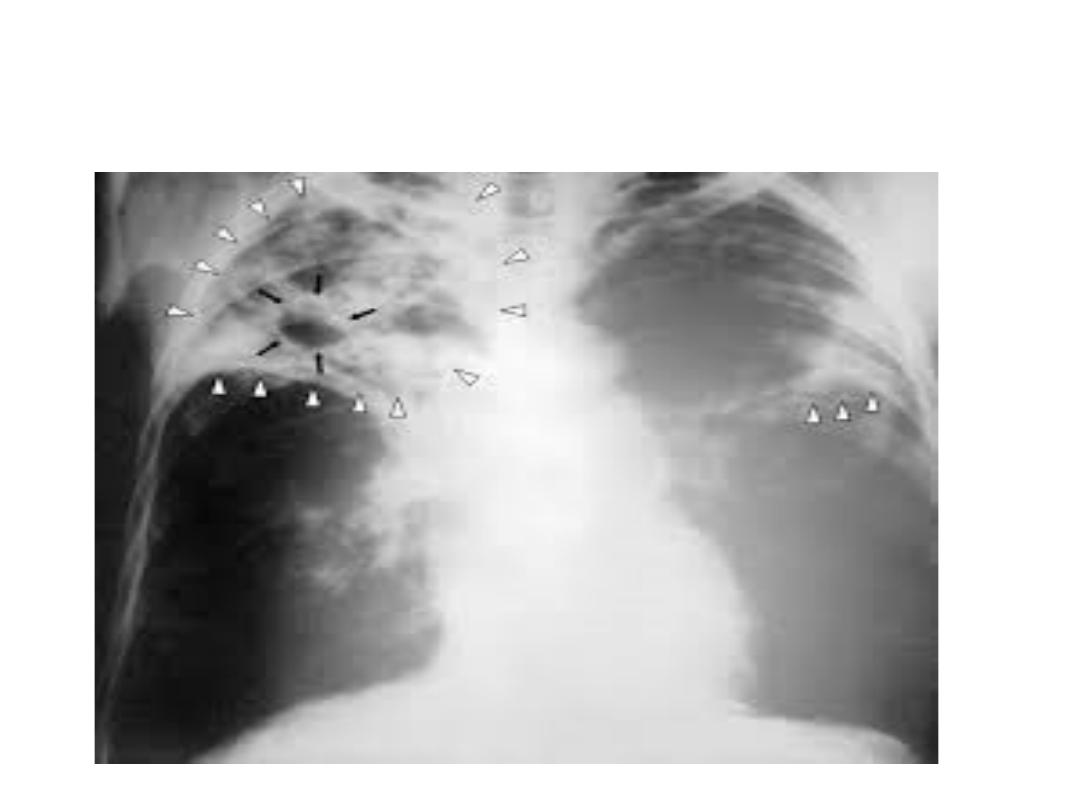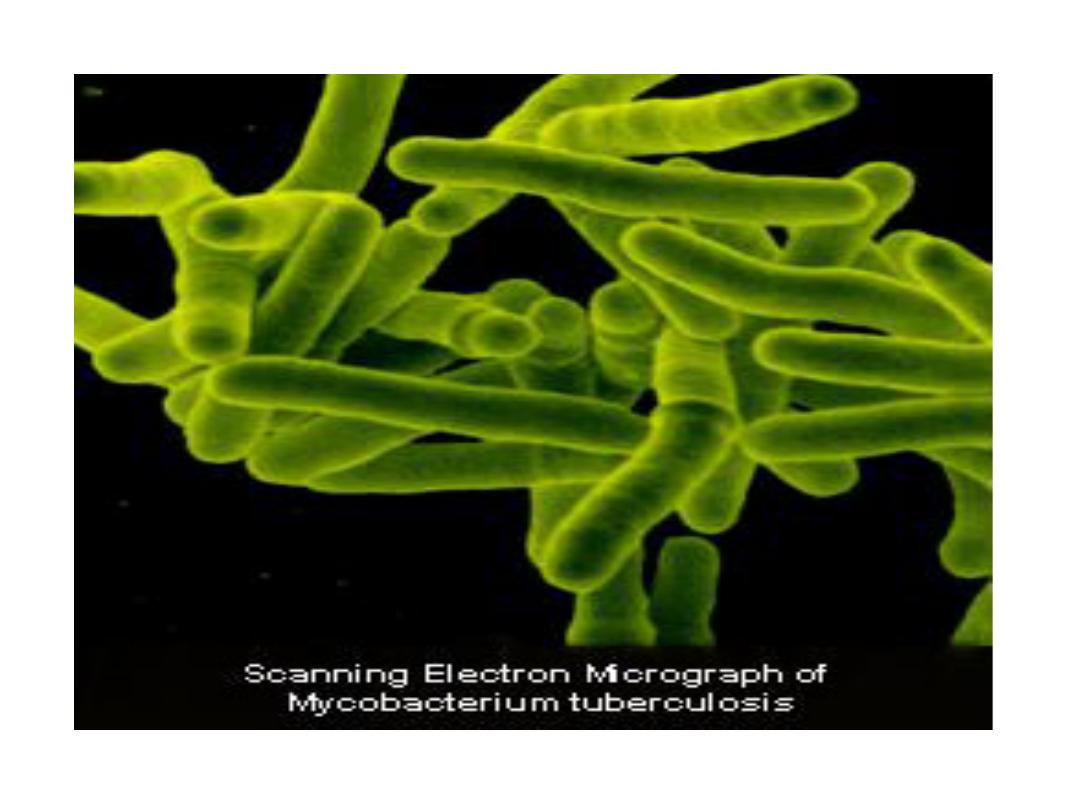
EPIDEMIOLOGY &PREVENTION OF
PULMONARY TUBERCULOSIS
ICD-10 A15-A19
Dr. Nadia Aziz
C.A.B.C.M
Department of community medicine
Baghdad medical college

Objectives
1- Define the tuberculosis
2- Identify the causative agent
3- Identify the mode of transmission & the high
risk group
4- Identify the ways of prevention &
management

Identification
TUBERCULOSIS
is a major cause of
disability
and
death
in most of the world,
especially developing countries.
The
initial infection
usually goes
unnoticed
,
tuberculin skin test sensitivity appears within
2–10 weeks.
Early lung lesions commonly
heal
, except
occasional
pulmonary
or
tracheobronchial
lymph node calcifications
.

TUBERCULOSIS
10%
of those initially infected will eventually
develop active disease
, half of them during the
first 2 years following infection.
90%
of untreated infected individuals will
never
develop active TB.

TUBERCULOSIS
In
infants
and in
immunosuppressed
individuals
(HIV-positive) initial infection may
progress
rapidly to active tuberculosis
In
infants
the disease is often
disseminated
(miliary) or
meningeal
.

TUBERCULOSIS
Extra pulmonary
TB occurs less commonly (
30%
)
than
pulmonary
TB (
70%
).
TB disease may affect any organ or tissue, in
order of frequency:
lymph nodes
,
pleura
,
pericardium
, kidneys, bones
and joints, larynx, middle ear, skin, intestines,
peritoneum, eyes.

TUBERCULOSIS
65%
of patients with sputum smear-positive
pulmonary tuberculosis, if untreated will die
within
5 years
, most of them within
2 years
.

TUBERCULOSIS
A
smear positive
for acid-fast bacilli (AFB) is
indicative of
high infectiousness
.
Fatigue, fever, night sweats and
weight loss
may occur early or late.
Localizing symptoms
of cough, chest pain,
hemoptysis and hoarseness become prominent
in
advanced stages
.

Diagnosis
1-
Radiography
of the chest reveals pulmonary
infiltrates
,
cavitations
and
fibrotic
changes with
volume loss, almost commonly in the
upper
segments of the lobes
.


Diagnosis
2-
Tuberculin skin test
Immunocompetent people who are or have
been infected with Mycobacterium
Tuberculosis usually react to an intermediate
strength
tuberculin skin test.

Diagnosis
A positive reaction
of tuberculin skin test is
defined as a 5, 10, or 15 mm induration
according to the risk of exposure or disease.
Among persons with active TB disease
10%–20% may have no reaction to PPD(purified
protein derivative) a
negative skin test does not
therefore rule out active TB disease.

Diagnosis
An induration of tuberculin skin test of
5 mm
or
more is considered positive among
•
HIV
-infected persons
•
Persons on
immunosuppressive treatment
•
Persons showing
fibrotic lesions
on chest X-rays
•
Recent
close contacts
of infectious TB patients.

Diagnosis
A diameter of
10 mm or more
is considered
positive among persons with
high-risk
conditions
(e.g. diabetes mellitus,
hematological disorders, injection drug use,
end-stage renal disease, rapid weight loss).

Diagnosis
Any reaction of
15 mm
or more should be
considered positive among
low-risk persons
.

Tuberculin skin test
In some persons with TB infection, delayed
hypersensitivity to tuberculin may
wane with
time
& they may show a negative reaction
The skin test may
boost
to react to tuberculin and
cause a positive reaction in subsequent tests.

Boosted reaction
The “boosted” reaction may be mistaken for a new
infection.
Boosting also reported in persons who have
received
BCG.
A 2-step testing procedure 1–3 weeks apart will
distinguish boosted reactions and reactions due to
new infection.

Tuberculin skin test
Two-step testing should be used for initial skin
testing of adults who will be
retested
periodically
(e.g. health care workers)

Diagnosis
3- Demonstration of
acid-fast bacilli
in
stained smears from sputum or other body
fluids in a clinical and epidemiological
situation suggestive of TB.

Diagnosis
4-
Isolation of organisms
of the Mycobacterium
tuberculosis complex on culture confirms the
diagnosis.
In the absence of bacteriological confirmation,
active disease can be presumed if clinical,
histological or radiological evidence is
suggestive of TB

Infectious agents
Mycobacterium tuberculosis complex includes:
M. tuberculosis
M. africanum
M. canettii
all primarily from humans
and
M. bovis
primarily from cattle.


Occurrence
Worldwide
with a
high prevalence of HIV infection
a
prevalence of tuberculosis have increased.
TB mortality and morbidity rates increase with
age
, and higher in
males
than in females.

Occurrence
In regions with rising incidence, morbidity is
highest among
working-age adults
.

MDR-TB
Multidrug-resistant TB
is resistance to at least
Isoniazid
and
Rifampicin

MDR-TB
Effective measures in combating and
preventing
multidrug resistant
strains includ:
1- Strict enforcement of
infection control
guidelines
2-
Case-finding
3-
Contact
investigations
4- Measures to
ensure completion
of appropriate
treatment regimens

Reservoir
Primarily
humans
, rarely
primates
, diseased
cattle, badgers, swine and other mammals
can be infected.

Mode of transmission
Exposure to tubercle bacilli in
airborne
droplet nuclei
, 1 to 5 microns in diameter,
produced by people with
pulmonary or respiratory tract tuberculosis during
expiratory efforts (coughing, singing or
sneezing).

Mode of transmission
Health care workers
are exposed during
procedures such as
bronchoscopy
or
intubation
and at
autopsy
.
Laryngeal
tuberculosis is
highly contagious
but
rare.

Mode of transmission
Bovine tuberculosis
, a rare event, results from
exposure to tuberculous cattle, usually
through ingestion of unpasteurized milk or
dairy products
Extrapulmonary
tuberculosis (other than
laryngeal) is generally
not communicable
.

Incubation period
From infection to demonstrable primary lesion
or significant tuberculin reaction, about
2–10
weeks
.
latent infection may persist for a
lifetime

Period of communicability
Theoretically, as long as
viable tubercle bacilli are
discharged in the sputum
.
The degree of communicability depends on:
•
Number of bacilli
discharged
•
Virulence
of the bacilli
•
Adequacy of
ventilation
•
Exposure of bacilli to
sun or UV light

Period of communicability
Effective antimicrobial chemotherapy
usually eliminates communicability within
2–4
weeks
Children
with primary tuberculosis are
generally
not infectious
.

TUBERCULOSIS
The risk of developing disease is
highest in
children under 3
, lowest in later childhood,
and high again among
young adults
, the
very
old
and the
immunosuppressed
.

TUBERCULOSIS
For adults with latent TB infection also infected
with HIV, This has resulted in a
parallel
pandemic of TB disease
In some urban sub-Saharan African areas, where
10–15% of the adult population are co-infected
with both HIV and TB, annual TB disease rates
have increased
Under such conditions, the risk of multi-drug-
resistant (MDR) TB is high.

Methods of control
A. Preventive measures
:
1) Promptly
identify
,
diagnose
and
treat
potentially infectious patients
with TB disease.
Establish
case-finding
and treatment
facilities for infectious cases to
reduce
transmission.

Methods of control
2) Ensure
medical
,
laboratory
and
X-ray
facilities, ensure provision of
drugs
and
facilities for early and complete treatment of
cases and people at high risk of infection, and
of
beds
for those needing hospitalization.

Methods of control
3)
Educate
the public in mode of spread and
methods of control
4) Reduce or
eliminate those social conditions
that increase the risk of infection.

Methods of control
5)
Preventive chemotherapy with
isoniazid
for
6–12 months has been effective in preventing
the progression of latent TB infection to TB
disease.

Methods of control
It is important to
rule out active TB disease
before starting treatment for latent TB
infection
, especially in immunocompromised
persons such as HIV-infected individuals, in
order to
avoid the development of drug
resistance.

Methods of control
D
irectly
O
bserved
T
reatment
S
upervised (
DOTS
strategy) should be used when possible and can
be administered
twice weekly
.
Not more than 1 month’s supply
of medication
should be given at any one time.

Methods of control
Persons with
HIV
infection and a positive PPD
who do not have active TB disease should
receive treatment for latent TB infection
.

Methods of control
All people with evidence of
TB disease
should
be considered for counselling and
tested for
HIV infection
if appropriate counselling is
available.

Methods of control
6) BCG
immunization
is considered for persons
from areas of high tuberculosis prevalence.
BCG
immunization
protect
against
TB
meningitis
and
disseminated disease
in children
under 5
.

Methods of control
protection from BCG vaccine may persist for as
long as 20 years in high incidence situations,
others have shown no protection at all.
Efforts to develop a vaccine
more effective than
BCG
have identified candidate vaccines that are
currently undergoing testing in humans for
safety and immunogenicity

Methods of control
7) Take measures to
prevent silicosis
among
those working in industrial plants and mines.

Methods of control
B. Control of patient, contacts and the
immediate environment
control of infectivity is best achieved through
prompt specific drug treatment
, usually
leading to sputum conversion within 2-4 weeks.
Hospitalization is necessary only for patients
with severe illness

B. Control of patient, contacts and the
immediate environment
Patients should be taught to
cover both mouth
and nose
when coughing or sneezing.
Patients whose sputum is bacteriologically
negative, who
do not cough
do not require
isolation, nor do
children
with active TB
disease.

B. Control of patient, contacts and the
immediate environment
Proper
patient support
ensuring that drugs are
taken as prescribed, including
DOTS
(the
internationally recommended strategy for TB
control), is essential, especially for persons
with suspected drug resistance

B. Control of patient, contacts and the
immediate environment
Decontamination of air may be achieved by
ventilation
& by
ultraviolet light
.

B. Control of patient, contacts and the
immediate environment
Management of contacts:
Chemoprophylaxis
or treatment of latent TB
infection—TLTBI) is usually recommended for
persons who are in
contact
with TB infection
and in whom TB disease has been ruled out.

Control of patient, contacts and the
immediate environment
PPD testing
of all members of the
household
and other
close contacts
is recommended. If
negative, a
repeat skin
test should be
performed
2–3 months after exposure
has
ended.

Control of patient, contacts and the
immediate environment
Specific treatment:
For drug-susceptible disease, a
6-month regimen
is recommended, including isoniazid (
INH
),
rifampicin (
RIF
), pyrazinamide
(
PZA
) and ethambutol (
EMB
) for the first
2
months
, followed by
INH
and
RIF
for
4 months
.

Control of patient, contacts and the
immediate environment
HIV-associated TB
, Rifampicin lowers serum
levels of many protease inhibitors and some
nucleoside reverse transcriptase inhibitors and
its replacement by
rifabutin
can be considered

Control of patient, contacts and the
immediate environment
Treatment for
9 to 12
months for:
1- Children with
meningitis
2-
Miliary
disease
3-
Bone/Joint
disease
4-
HIV
infection

Treatment failure
Sputum smear positivity at 5 months
from start of
treatment
can be due to
irregular drug-taking
or
the presence of
drug-resistant bacilli
.
If INH or RIF cannot be included, treatment
should continue for at least
18 months
after
cultures have become negative.

Thank You
